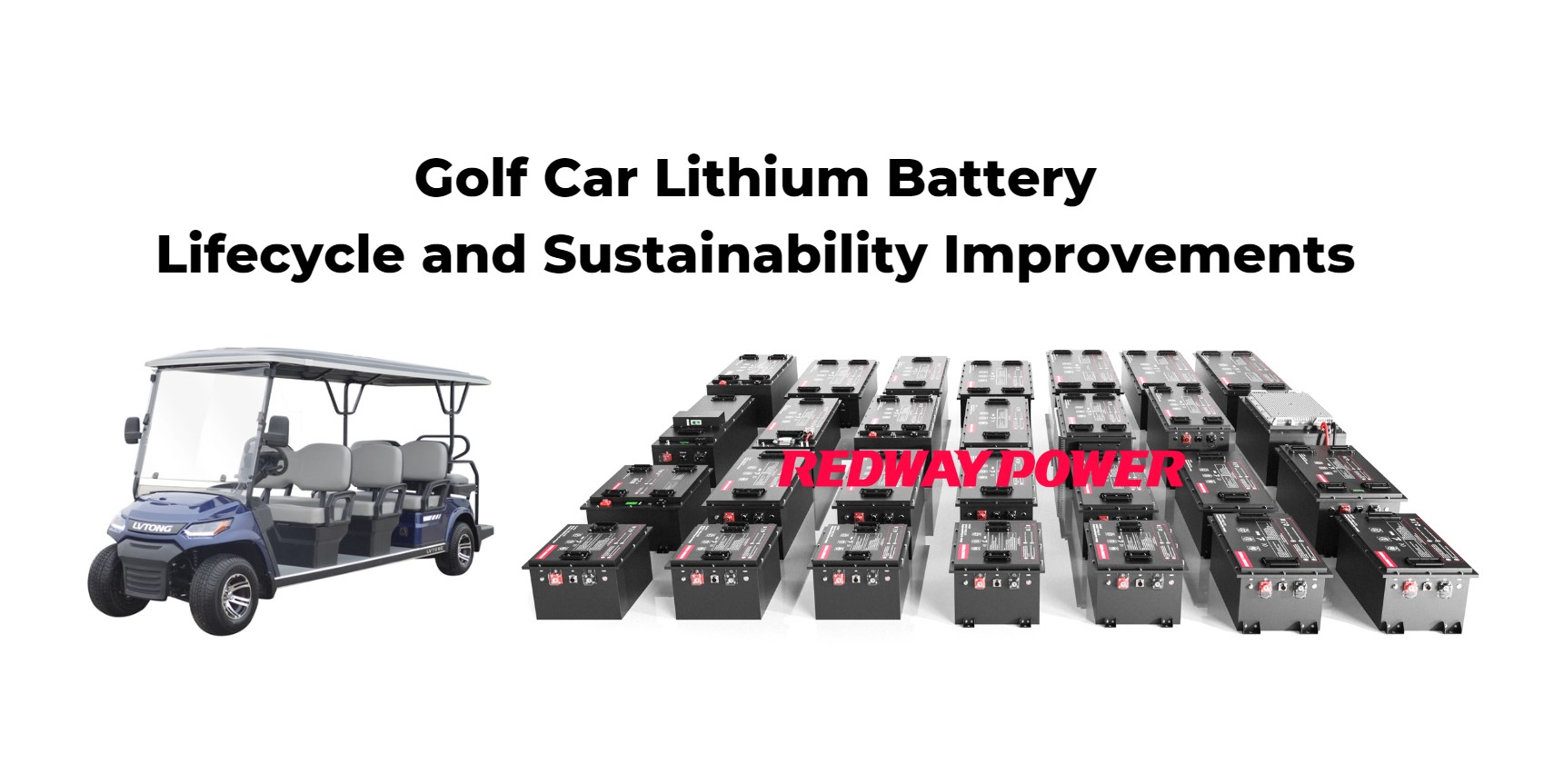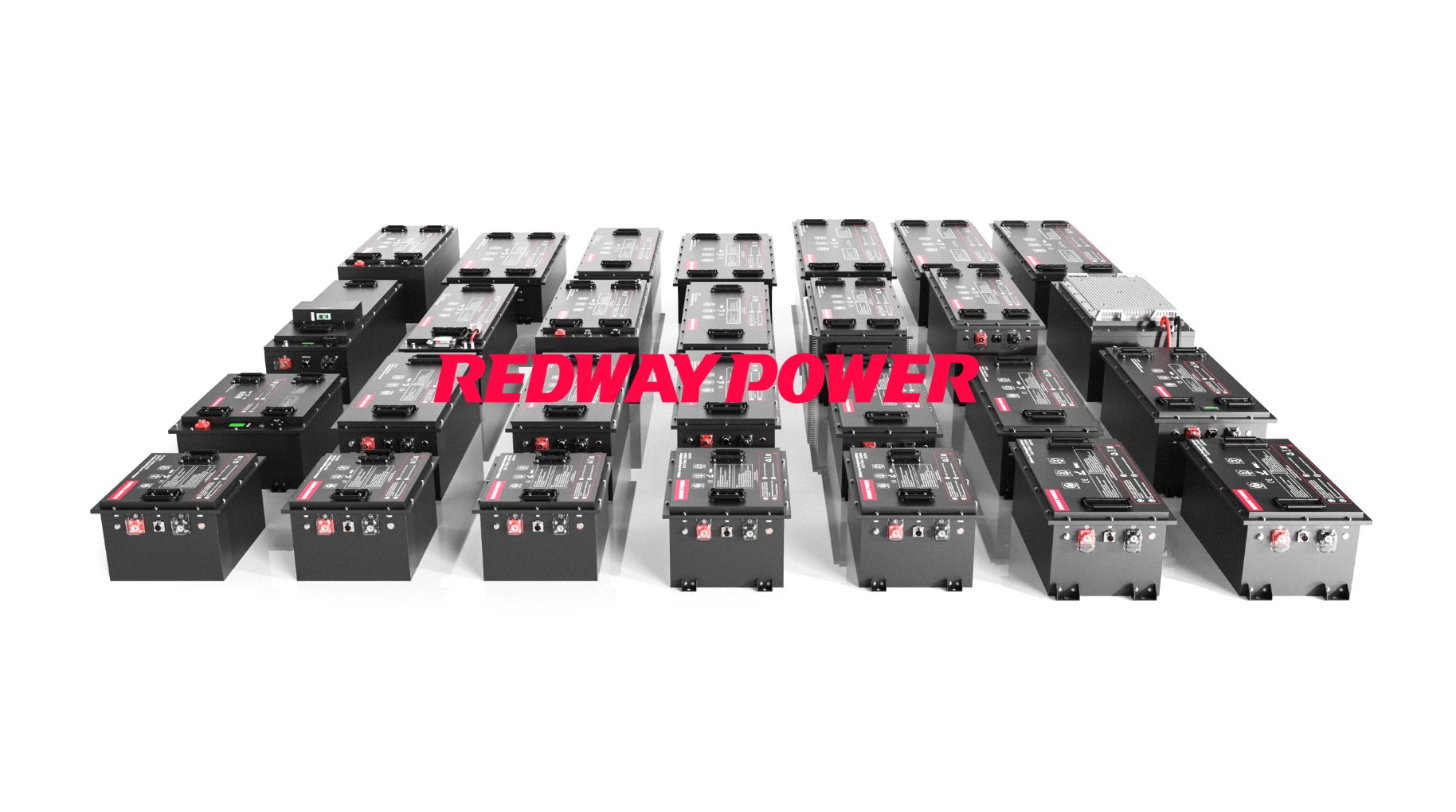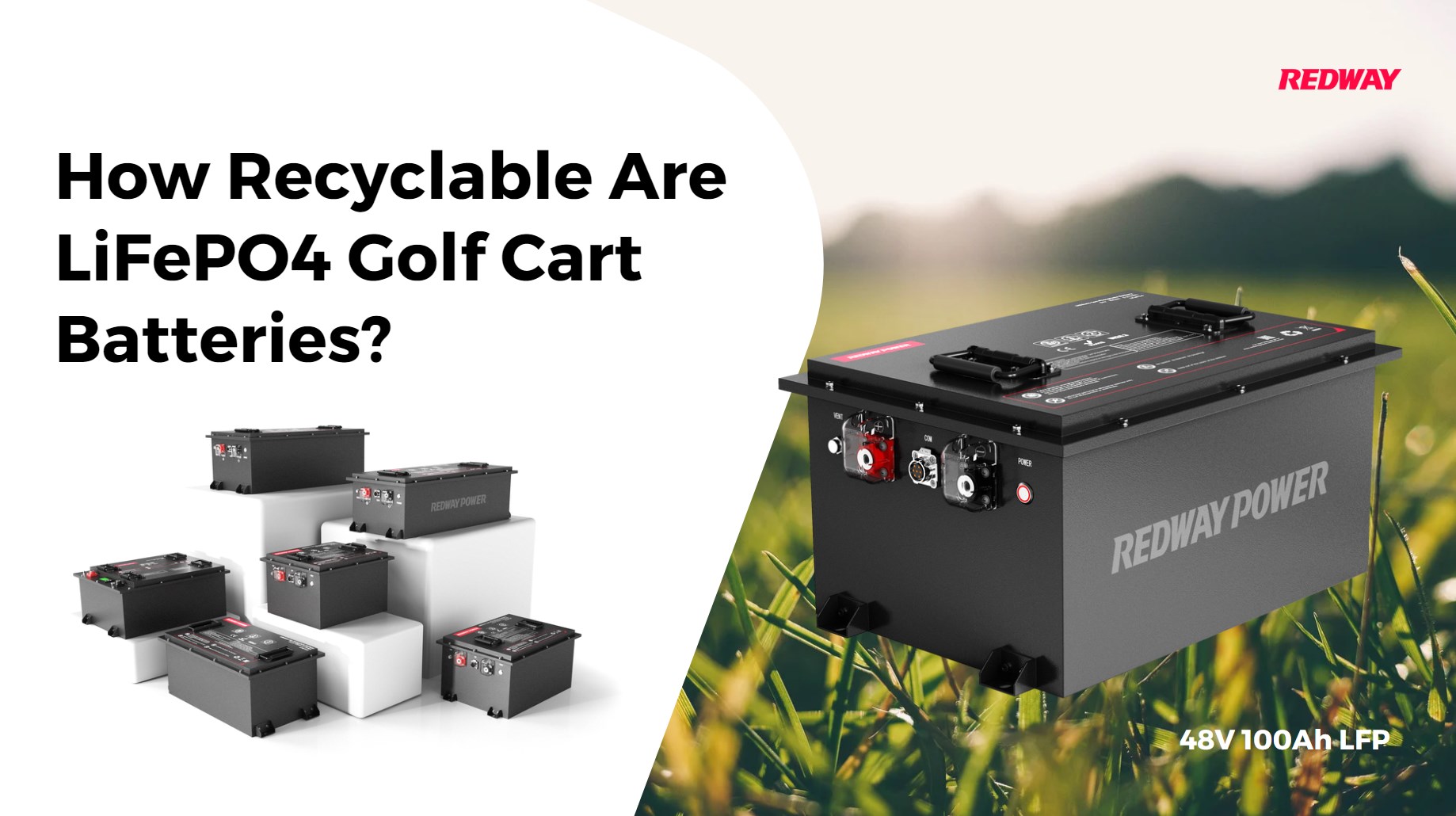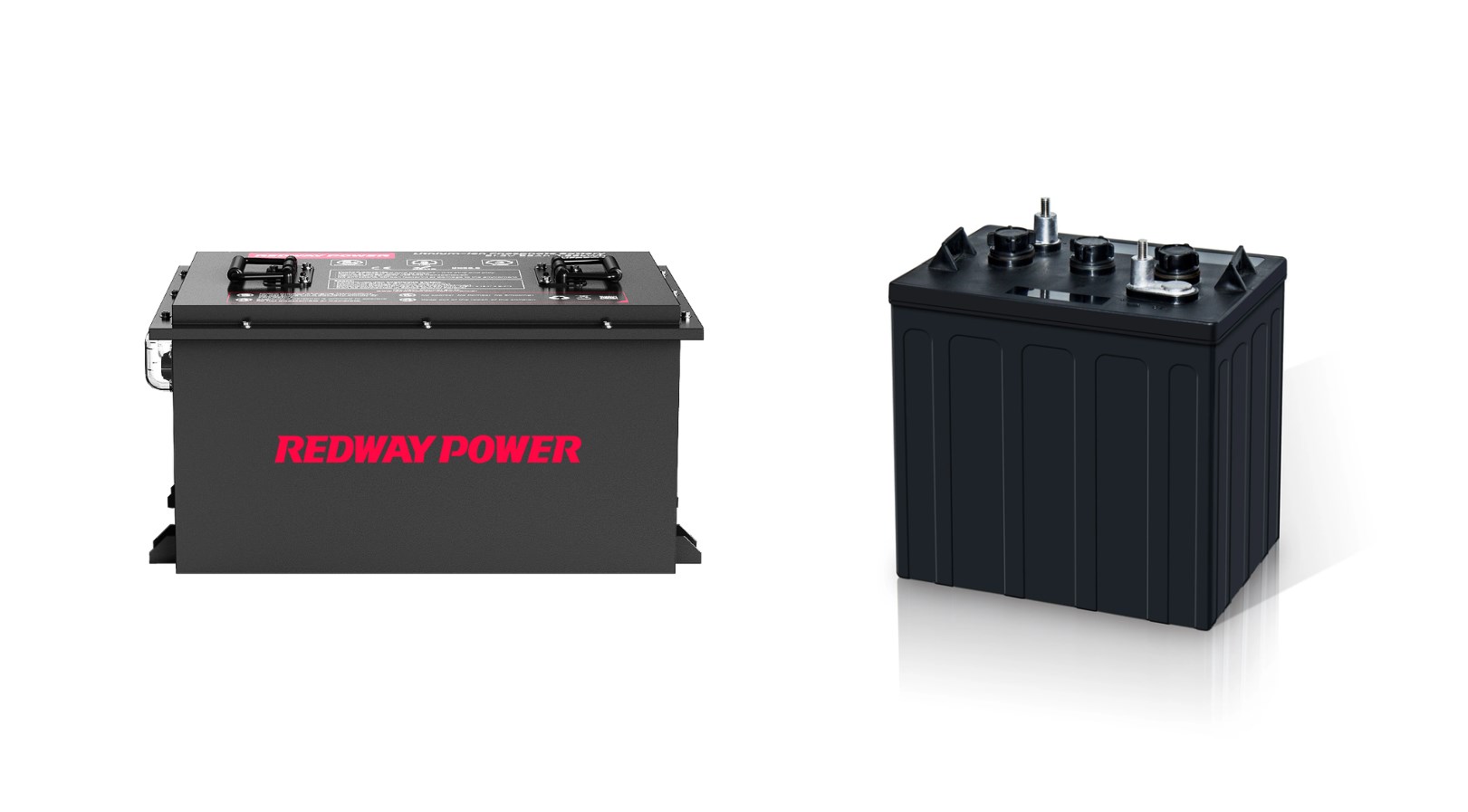What Are Lithium eBike Batteries?
Lithium eBike batteries are rechargeable power sources specifically designed for electric bicycles, known for their high energy density, lightweight characteristics, and long operational lifespan. These batteries have revolutionized electric biking by providing efficient and reliable energy storage solutions.
What Are Lithium eBike Batteries Made Of?
Lithium eBike batteries typically consist of several key components:
- Lithium-Ion Cells: Most commonly used cells include cylindrical (like 18650), prismatic, or pouch cells.
- Battery Management System (BMS): This system monitors cell voltage, temperature, and overall battery health to ensure safe operation.
- Electrolyte: A lithium salt dissolved in an organic solvent that facilitates ion movement between electrodes.
Chart Title: Composition of Lithium eBike Batteries
| Component | Description |
|---|---|
| Lithium-Ion Cells | Store electrical energy |
| Battery Management System | Monitors health and performance |
| Electrolyte | Facilitates ion movement |
How Do Lithium Batteries Work?
Lithium batteries operate through electrochemical reactions:
- Discharge Cycle: When in use, lithium ions move from the anode to the cathode through the electrolyte, generating electrical current.
- Charge Cycle: During charging, an external power source forces lithium ions back to the anode, storing energy for future use.
Chart Title: Working Mechanism of Lithium Batteries
| Cycle | Process |
|---|---|
| Discharge Cycle | Ions move from anode to cathode |
| Charge Cycle | Ions move back to anode |
What Are the Advantages of Lithium Batteries for E-Bikes?
Lithium batteries offer numerous advantages over traditional battery types:
- High Energy Density: They provide more power in a smaller size compared to lead-acid batteries.
- Lightweight Design: This reduces overall bike weight, enhancing performance and handling.
- Long Lifespan: Typically last between 800 to 1,500 charge cycles, significantly outperforming lead-acid options.
Chart Title: Advantages Overview
| Advantage | Description |
|---|---|
| High Energy Density | More power per unit weight |
| Lightweight Design | Enhances bike performance |
| Long Lifespan | Reduces frequency of replacements |
How Do You Maintain Lithium eBike Batteries Effectively?
Proper maintenance can extend battery life:
- Regular Charging: Avoid letting the battery drop below 20% charge.
- Temperature Control: Store at moderate temperatures (15°C to 25°C) to prevent damage.
- Periodic Checks: Inspect connections and terminals regularly for corrosion or damage.
Chart Title: Maintenance Best Practices
| Practice | Importance |
|---|---|
| Regular Charging | Prevents deep discharge |
| Temperature Control | Protects against extreme conditions |
| Periodic Checks | Ensures optimal performance |
What Safety Considerations Should Be Taken Into Account?
Safety is paramount when using lithium batteries:
- Overcharging Risks: Use chargers specifically designed for lithium technology to avoid overheating.
- Physical Damage: Handle with care; avoid puncturing or dropping batteries.
- Proper Disposal: Follow local regulations for disposing of or recycling old batteries.
Chart Title: Safety Considerations Overview
| Consideration | Description |
|---|---|
| Overcharging Risks | Use appropriate chargers |
| Physical Damage | Handle carefully |
| Proper Disposal | Follow regulations for recycling |
How Do Environmental Factors Affect Lithium Battery Performance?
Environmental conditions can significantly impact battery efficiency:
- Temperature Extremes: High heat can lead to thermal runaway; low temperatures can reduce capacity temporarily but may also lead to permanent damage if below freezing during charging.
- Humidity Levels: Excess moisture can cause corrosion or short circuits.
Chart Title: Environmental Impact on Performance
| Factor | Impact |
|---|---|
| Temperature Extremes | Affects capacity and safety |
| Humidity Levels | Increases risk of damage |
Conclusion
Lithium eBike batteries represent a significant advancement in electric bicycle technology, offering numerous benefits such as high energy density, lightweight design, and extended lifespan. By understanding their composition, operation principles, maintenance needs, and safety considerations, users can maximize their performance while ensuring safe usage.
Expert Views
“Understanding lithium battery technology is crucial for anyone using electric bicycles today. With proper care and knowledge about these systems, riders can enjoy enhanced performance and reliability,” states an expert from Redway.
FAQ Section
- What types of cells are used in lithium eBike batteries?
Common types include cylindrical (e.g., 18650), prismatic, and pouch cells. - How long do lithium eBike batteries typically last?
They generally last between 800 to 1,500 charge cycles, depending on usage and maintenance. - What safety precautions should be taken with lithium batteries?
Use appropriate chargers, handle them carefully to avoid physical damage, and follow proper disposal guidelines.

















